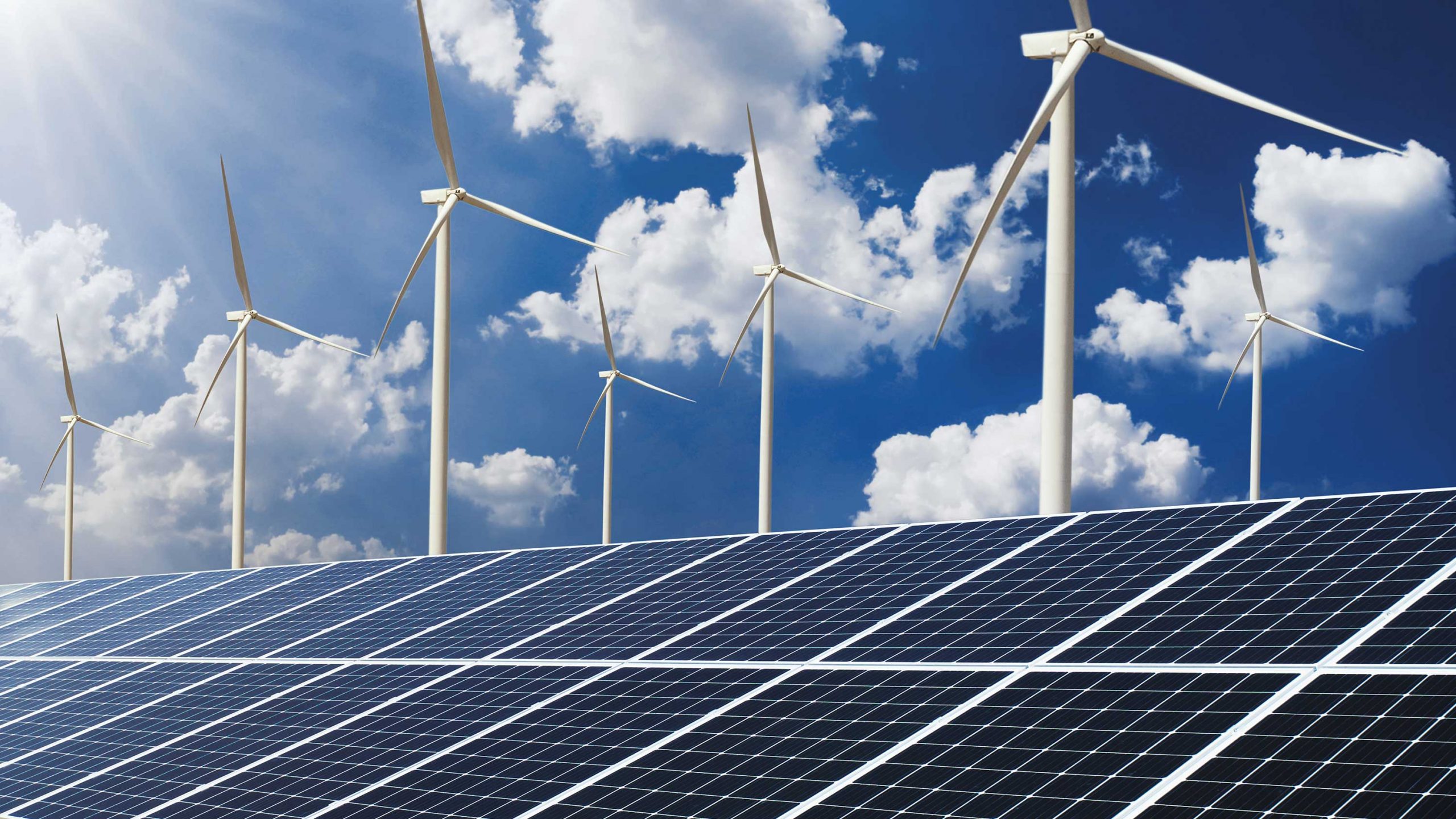Study on the regulatory approach of the German photovoltaic market over the last 20 years with regard to achieving the goal of climate neutrality in 2045
Germany is pursuing the goal of being climate neutral by 2045. A transformation of the energy sector from fossil and nuclear fuels to renewable energies is therefore inevitable. In the future, wind power and photovoltaics (PV) will account for the largest share of electricity generation. While wind power already accounted for the largest share of total gross electricity generation in Germany, at about 23 percent in 2020, potential areas for PV expansion have not been sufficiently utilised to date. Thus, only a small share of electricity (9 percent) was generated from PV systems in 2020.
In this paper, we examine the regulatory approach of the German photovoltaic market over the last 20 years with regard to achieving the goal of climate neutrality in 2045.
Methodological approach
In order to analyse how the regulation of the PV market to date has affected its development, the installed PV capacity in Germany is first examined in the status quo. Then a forecast of the development of installed PV capacity until 2035 is made. Two scenarios are considered, which are based on different regulatory framework conditions, in order to show possible development paths of the installed PV capacity.
In the first scenario, the actual regulation of the PV market is assumed - in the second scenario, that there would have been no change in regulatory measures in 2009.
The most important facts in a nutshell:
- Regulatory measures led to a strong expansion of PV capacity in Germany between 2000 and 2009. However, changes in regulatory measures under the Renewable Energy Sources Act (EEG) 2009 dampened the strong growth of the PV market between 2009 and 2012, before a significant reduction in this growth was observed since 2012.
- According to several studies, in order to achieve the climate targets set, the installed electricity capacity from PV systems in 2030 must lie in an interval between 150,000 megawatts peak (MWp) and 200,000 MWp, with MWp describing the possible peak capacity of PV systems.
- Forecast scenario 1: If the current development of the PV market continues unchanged until 2035, it will not be possible to achieve the expansion targets for PV and thus also the climate protection targets.
- Forecast Scenario 2: If it is assumed that there would have been no change in the regulatory measures as a result of the EEG 2009, the growth of the PV market would also not have been reduced, as was the case in Scenario 1 since 2009. In this scenario, the expansion targets for installed PV capacity can be achieved by 2030 and therefore also the climate protection targets in 2045.

